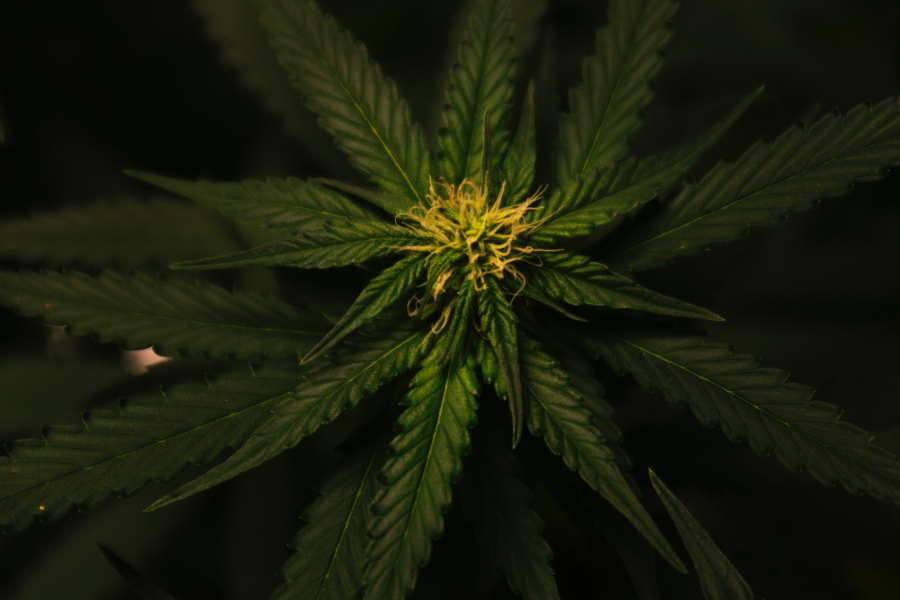By YOANI KUIPER
Approximately six million Canadians live with chronic pain. An estimated 150,000 Canadians receive disability – that often leaves them living below the poverty line – as a result of chronic pain.
If they use medical cannabis to manage that pain, they can be stuck with cannabis costs as high as $6,147.33 a year (assuming a 2.5 grams-a-day prescription at the current legal price of $8.03 a gram). That’s one-third of their income.
The fact that Canadians who use cannabis to effectively treat chronic pain or psychological disorders are not covered by provincial health care is an issue that deserves attention.
It was assumed that legalization would resolve the question of affordability and accessibility for medical cannabis users, but this is obviously not the case.
Oregon is an excellent case study of what happens; private capital is diverted to the recreational market, due to higher margins, resulting in decreased overall availability of medical cannabis.
But it’s also the middle class that struggle to shoulder the strain their medical cannabis prescription places on their budgets. This trend will only be exacerbated as people move away from smoking cannabis to edibles (which will be legally available later this year) and oils, which are also exceptionally expensive when bought from Licensed Producers or government-controlled outlets.
Most people with medical conditions, whom in some instances are terminally ill or physically unable, simply don’t have the space or wherewithal to cultivate their own cannabis.
Canada’s Access to Cannabis for Medical Purposes Program (ACMPP) allows a user of medical cannabis to designate anyone over the age of eighteen without a criminal record to cultivate cannabis for them. Each individual can cultivate for two patients. The potential upside is an annual savings per patient of approximately $2,100 a year. It should also be mentioned that no provincial, federal or income taxes are required to be paid by a designated grower.
But how many Canadians can randomly be waiting around for some sick person to ask them to help them cultivate cannabis plants? Considering most of the Canadian cannabis market is supplied by the illegal trade, you could argue that a large and knowledgeable labour pool already exists. And with legalization permitting four plants per household it is easy to anticipate a whole new generation of growers looking to grow legally. In fact, it presents a great opportunity for the federal government to draw people out of the illegal market. Yet, the government remains silent.
So there is a very obvious opportunity to connect struggling and thrifty Canadians coping with ailments with an existing shadow class and a future generation of Canadian cannabis growers looking to take up the responsibility to help those who could use a hand.
One of the key tools needed in bringing these two groups together is an online space where such a community can grow. Of the 354,000 registered medical cannabis users in Canada, only 0.2 per cent are using a designated grower.
But the deck is stacked against such a self-help community.
Part of the problem is laws and regulations around the promotion of cannabis make it nearly impossible to advise medical users of the designated grower option. This extends to promoting via social media channels (paid) too. If it was up to Health Canada the program would have died a long time ago.
The Harper government actually fought provisions in the original Marihuana Medical Access Regulations (MMAR) allowing patients to grow their own or to designate someone to grow for them.
The government’s arguments centered around questions of safety pertaining mostly to the question of fire, and quality issues, such as pesticide use. All of which was refuted by the Allard Decision after a series of citizen-led court battles between 2001 and 2013.
Also questionable of all are the cannabis clinics – which operate and or are owned by Licensed Producers – whom do not promote or even mention designated persons as an option for patients. Obviously it is not in their financial interests to do so. It’s also been noted that doctors seldom, if ever, notify patients of this very helpful program.
It should be ethical practice in Canada that all medical options are made available to patients seeking to use cannabis medicinally, particularly when the costs are borne by the patient themselves.
